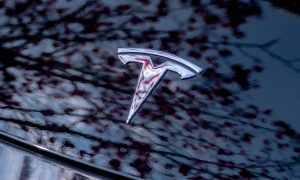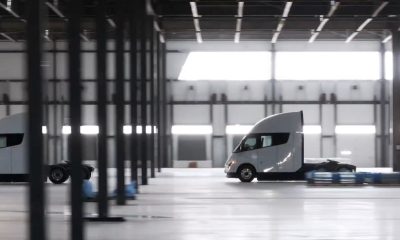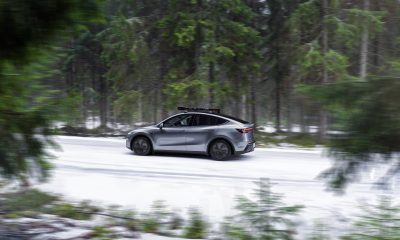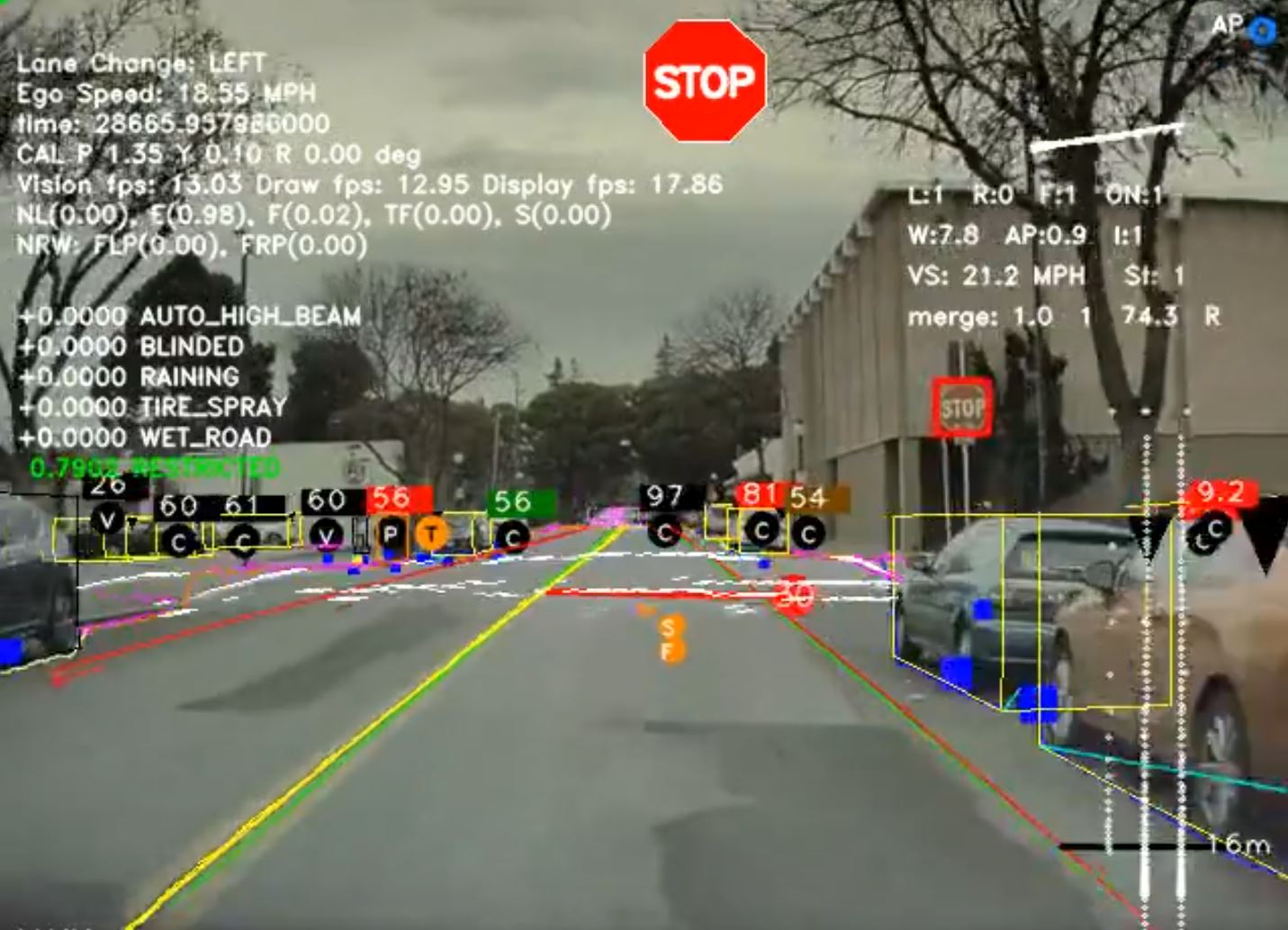

News
Tesla 3D labeling is the next big leap for Autopilot
Tesla’s 3D labeling efforts are integral to the development of its Full Self-Driving suite. Using over 2.2 billion miles of real-world driving data from its electric vehicle fleet, the electric car maker has a treasure trove of information about how human drivers behave.
Elon Musk recently confirmed that Tesla is finishing work on Autopilot core foundation code and 3D labeling, and once these are done, users can expect the electric carmaker to roll out more functionalities in a potentially more efficient manner. More advanced features such as Reverse Summon will also be rolled out.
Tesla 3D Labeling: The Next Big Thing
The Tesla CEO has tagged 3D labeling as the next big thing for the company’s efforts to achieve full self-driving. “In terms of labeling, labeling with video in all eight cameras simultaneously. This is a really, I mean in terms of labeling efficiency, arguably like a three order of magnitude improvement in labeling efficiency where Tesla vehicles use all of its eight cameras simultaneously, and that the company has improved significantly in terms of labeling efficiency,” Musk said during the Q4 2019 earnings call.
During Autonomy Day last year, Tesla’s AI head Andrej Karpathy gave the electric vehicle community an idea of how labeling is done. He said annotating data is a very expensive process that initially involved people processing data, but Tesla has also been using information from its fleet to automate the process of labeling using different mechanisms.
For example, in predicting cut-ins, Tesla taps into its fleet for data on such incidents. This information is then automatically annotated and used to train the neural network, which in turn learns from recognizable patterns. This information is then spun until the neural network is trained enough. Improvements in the neural network can then be rolled out as an update for Autopilot.
The same is true according to Karpathy when it comes to object detection. Tesla sources data from its fleet to learn more about different objects and anomalies on the road. With automated 3D labeling, the neural network can more efficiently process the information and learn even about the rarest things one can encounter on the road.
Karpathy and Musk explained how annotations from its fleet help with path prediction. Using trajectories collected from the real-world, the neural network can improve its driving behavior, say while approaching a corner that it doesn’t actively see. This smarter neural network is perfectly demonstrated by an older Model X with early-gen Autopilot negotiating a muddy rural backroad recently, after a storm in the United Kingdom.
All of these things form part of the equation to achieve Full Self-Driving capabilities. Likely through 3D labeling improvements in the past year or so, Tesla has immensely improved driving visualizations in vehicles equipped with Hardware 3, which now identify traffic lights, garbage cans, and detailed road markings, among others. Thus, Elon Musk’s explanation about rewriting the Autopilot foundational code and 3D labeling could be a way of emphasizing that Tesla owners’ investment in the company’s Full Self-Driving suite would be proven worth it and more soon.
Tesla’s FSD computer and autonomy software will transform how humans travel. The company’s vehicles will be smart enough to drive like humans and eventually make the roads a few times safer for everyone. This may also pave the way for Robotaxis and help achieve Musk’s vision of Teslas earning for their owners while they are busy with work or even while relaxing at home. Tesla Robotaxis would be an attractive form of transportation as they will be more cost-efficient compared to driving personal cars, as predicted by ARK Invest.
Autonomy As Key To Profitability
Autonomy will spell profits for Tesla, as Elon Musk explained during the company’s Q4 2019 earnings call. In order to achieve sustained profitability, Tesla needs to produce high volume units with high margins. Musk appears to consider autonomy as key to Tesla’s high margins as well.
“As we’re close to Full Self-Driving, that is just going to become more and more compelling. So that’s for our financial standpoint, that’s the real mind-blowing situation is high-volume, high-margin because of autonomy,” Musk said.
With FSD capabilities, Tesla adds more value proposition that can help sway even more customers to purchase its electric vehicles from the Model 3, Model Y, Model S, Model X, or the Cybertruck. Depending on regulations in specific regions, Tesla can tap into most of its earnings potential, which bodes well since the company has current plans to expand its presence worldwide with Gigafactories in multiple regions.
Tesla’s path to autonomy is only one of the aspects that make it the leader in the electric vehicle industry. Add to that its advancements on car connectivity and battery technology and one will complete the equation why legacy carmakers with the deepest of pockets can only watch in amazement as a relatively young electric car maker dominates the emerging EV industry.
News
Tesla cleared in Canada EV rebate investigation
Tesla has been cleared in an investigation into the company’s staggering number of EV rebate claims in Canada in January.
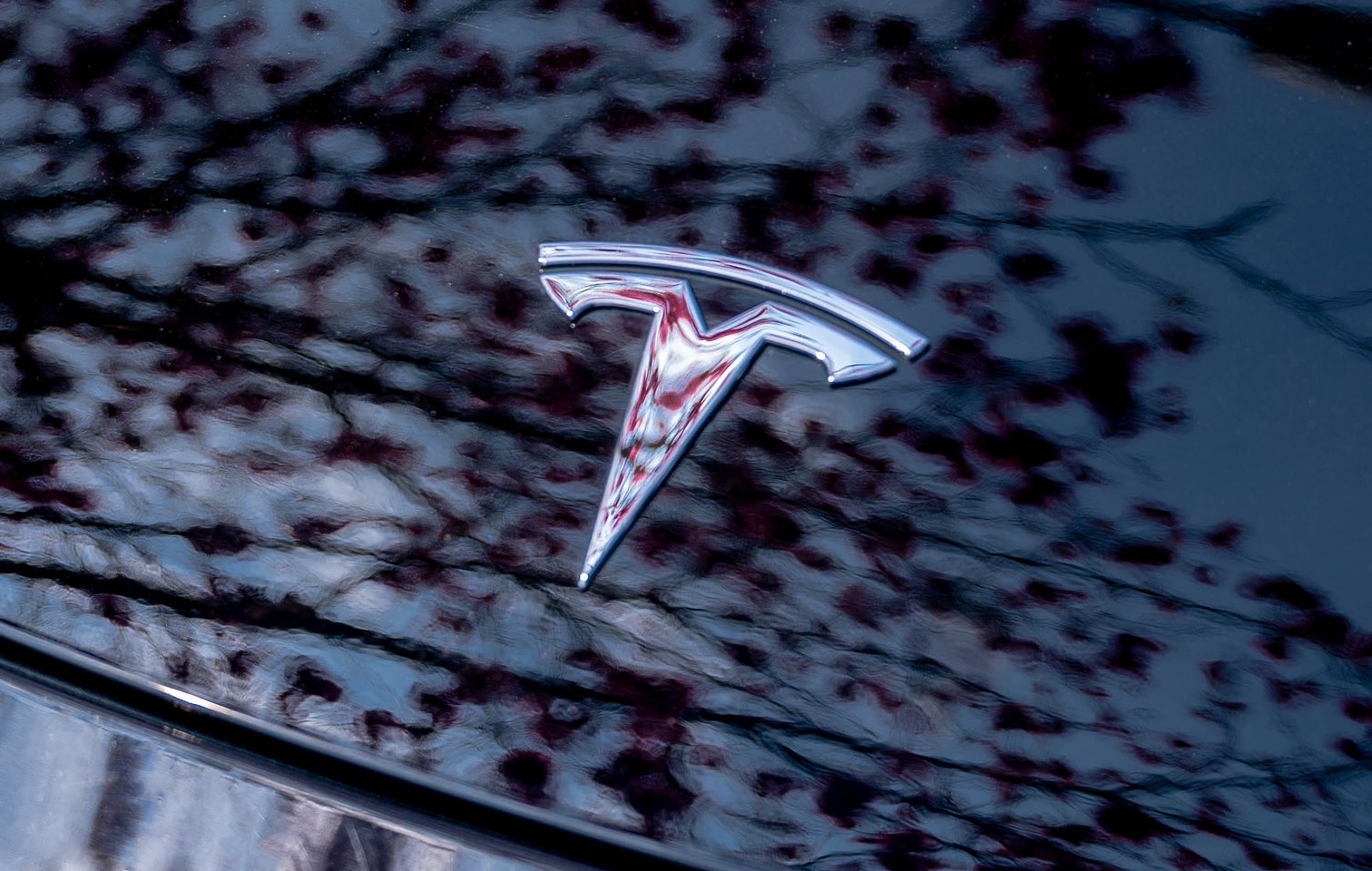
Canadian officials have cleared Tesla following an investigation into a large number of claims submitted to the country’s electric vehicle (EV) rebates earlier this year.
Transport Canada has ruled that there was no evidence of fraud after Tesla submitted 8,653 EV rebate claims for the country’s Incentives for Zero-Emission Vehicles (iZEV) program, as detailed in a report on Friday from The Globe and Mail. Despite the huge number of claims, Canadian authorities have found that the figure represented vehicles that had been delivered prior to the submission deadline for the program.
According to Transport Minister Chrystia Freeland, the claims “were determined to legitimately represent cars sold before January 12,” which was the final day for OEMs to submit these claims before the government suspended the program.
Upon initial reporting of the Tesla claims submitted in January, it was estimated that they were valued at around $43 million. In March, Freeland and Transport Canada opened the investigation into Tesla, noting that they would be freezing the rebate payments until the claims were found to be valid.
READ MORE ON ELECTRIC VEHICLES: EVs getting cleaner more quickly than expected in Europe: study
Huw Williams, Canadian Automobile Dealers Association Public Affairs Director, accepted the results of the investigation, while also questioning how Tesla knew to submit the claims that weekend, just before the program ran out.
“I think there’s a larger question as to how Tesla knew to run those through on that weekend,” Williams said. “It doesn’t appear to me that we have an investigation into any communication between Transport Canada and Tesla, between officials who may have shared information inappropriately.”
Tesla sales have been down in Canada for the first half of this year, amidst turmoil between the country and the Trump administration’s tariffs. Although Elon Musk has since stepped back from his role with the administration, a number of companies and officials in Canada were calling for a boycott of Tesla’s vehicles earlier this year, due in part to his association with Trump.
News
Tesla Semis to get 18 new Megachargers at this PepsiCo plant
PepsiCo is set to add more Tesla Semi Megachargers, this time at a facility in North Carolina.
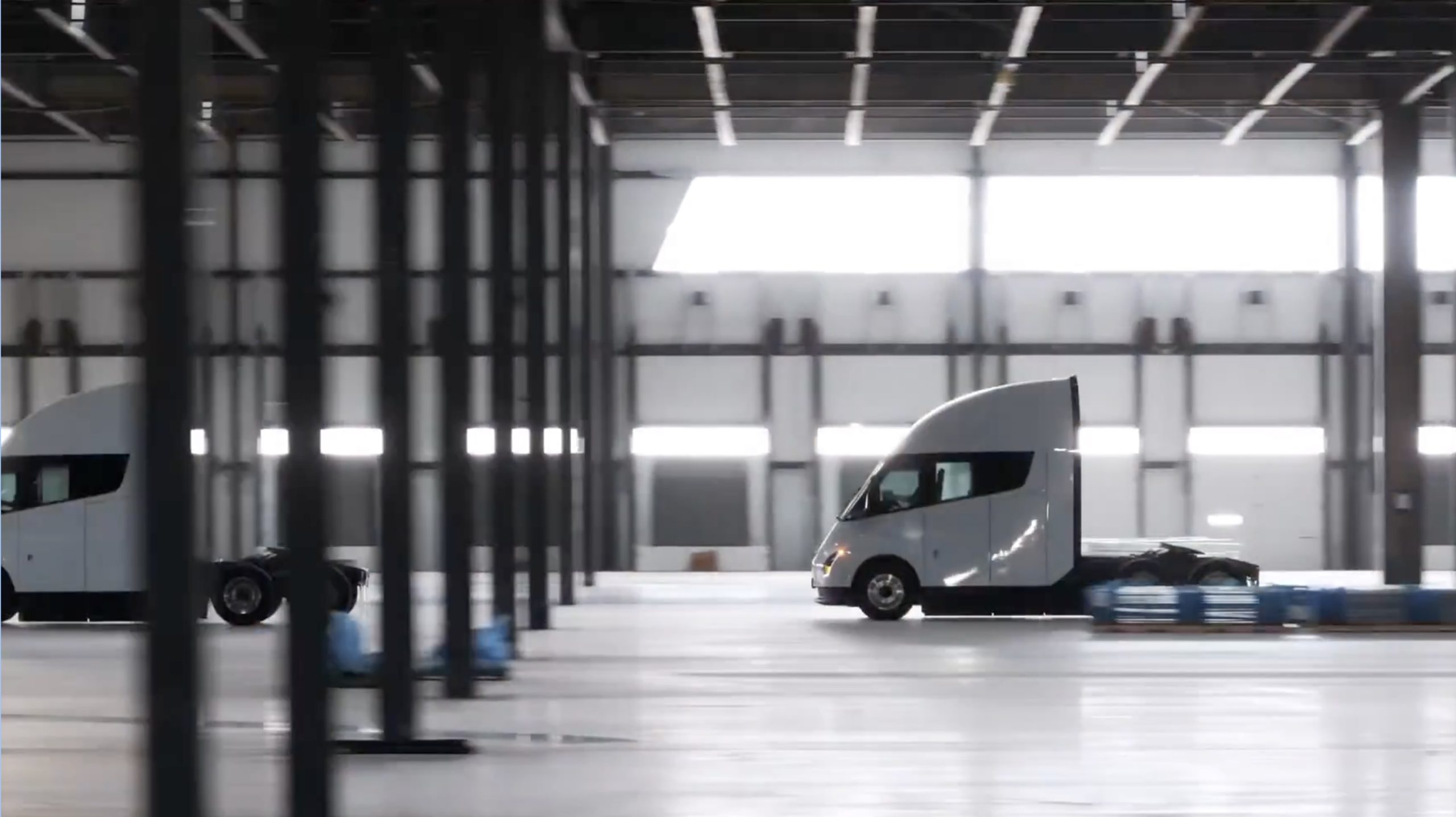
Tesla partner PepsiCo is set to build new Semi charging stations at one of its manufacturing sites, as revealed in new permitting plans shared this week.
On Friday, Tesla charging station scout MarcoRP shared plans on X for 18 Semi Megacharging stalls at PepsiCo’s facility in Charlotte, North Carolina, coming as the latest update plans for the company’s increasingly electrified fleet. The stalls are set to be built side by side, along with three Tesla Megapack grid-scale battery systems.
The plans also note the faster charging speeds for the chargers, which can charge the Class 8 Semi at speeds of up to 1MW. Tesla says that the speed can charge the Semi back to roughly 70 percent in around 30 minutes.
You can see the site plans for the PepsiCo North Carolina Megacharger below.
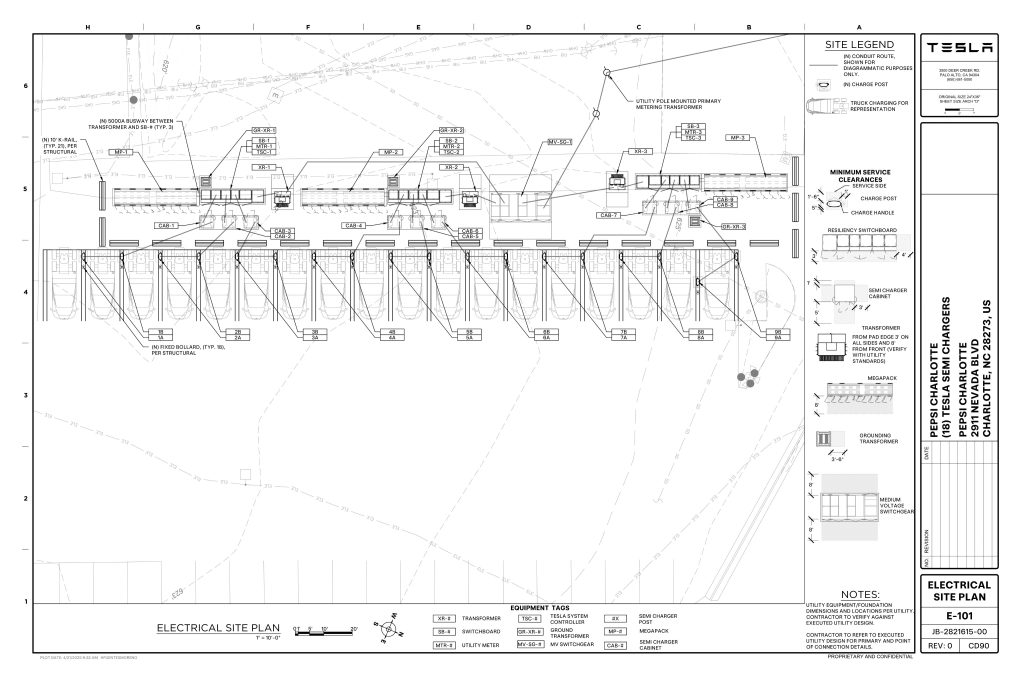
Credit: PepsiCo (via MarcoRPi1 on X)
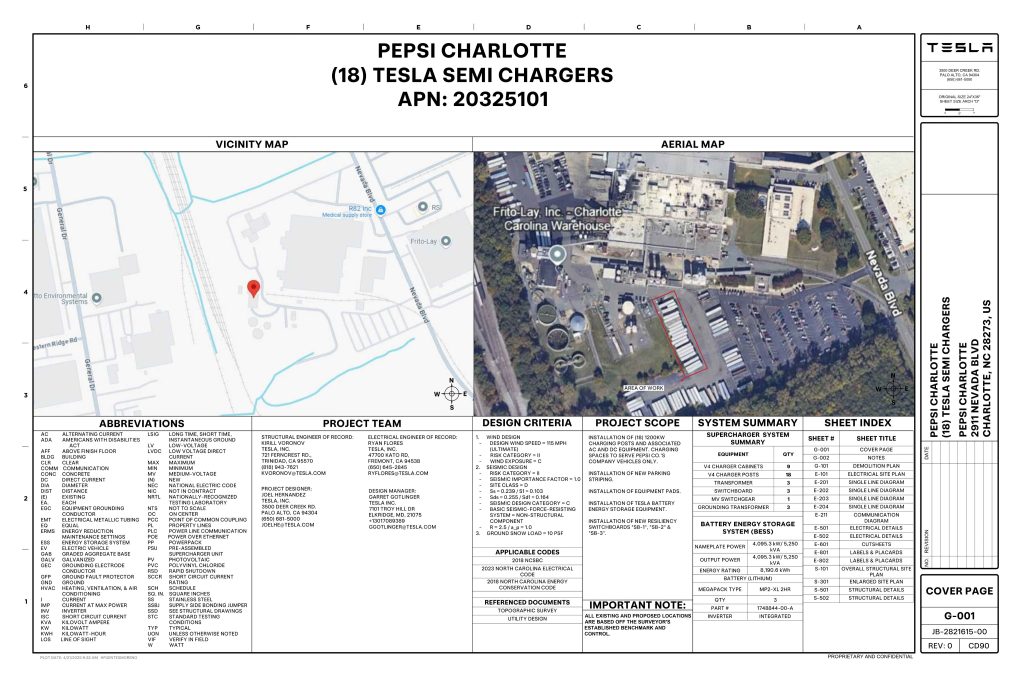
Credit: PepsiCo (via MarcoRPi1 on X)
READ MORE ON THE TESLA SEMI: Tesla to build Semi Megacharger station in Southern California
PepsiCo’s Tesla Semi fleet, other Megachargers, and initial tests and deliveries
PepsiCo was the first external customer to take delivery of Tesla’s Semis back in 2023, starting with just an initial order of 15. Since then, the company has continued to expand the fleet, recently taking delivery of an additional 50 units in California. The PepsiCo fleet was up to around 86 units as of last year, according to statements from Semi Senior Manager Dan Priestley.
Additionally, the company has similar Megachargers at its facilities in Modesto, Sacramento, and Fresno, California, and Tesla also submitted plans for approval to build 12 new Megacharging stalls in Los Angeles County.
Over the past couple of years, Tesla has also been delivering the electric Class 8 units to a number of other companies for pilot programs, and Priestley shared some results from PepsiCo’s initial Semi tests last year. Notably, the executive spoke with a handful of PepsiCo workers who said they really liked the Semi and wouldn’t plan on going back to diesel trucks.
The company is also nearing completion of a higher-volume Semi plant at its Gigafactory in Nevada, which is expected to eventually have an annual production capacity of 50,000 Semi units.
Tesla executive teases plan to further electrify supply chain
News
Tesla sales soar in Norway with new Model Y leading the charge
Tesla recorded a 54% year-over-year jump in new vehicle registrations in June.
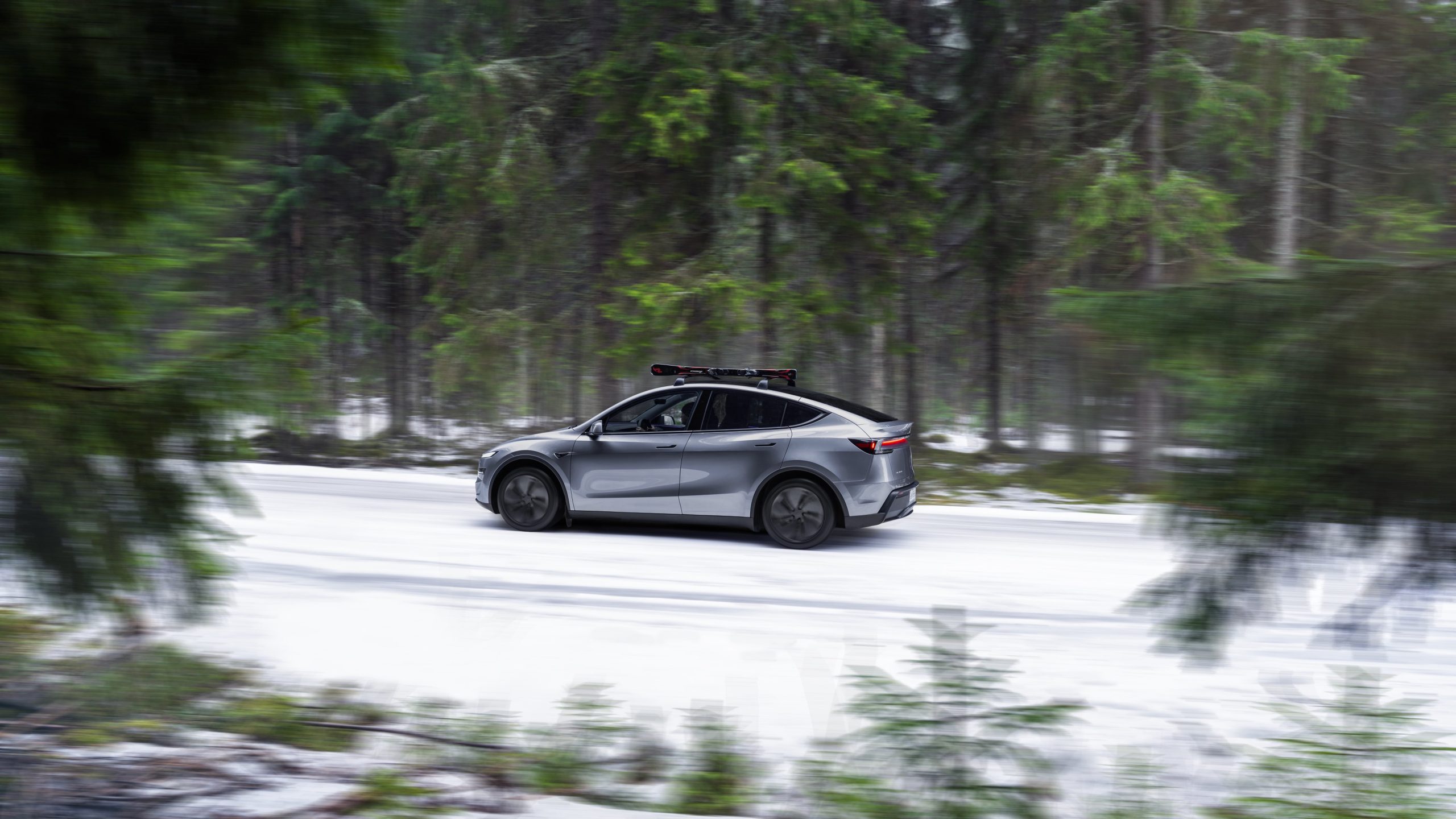
Tesla is seeing strong momentum in Norway, with sales of the new Model Y helping the company maintain dominance in one of the world’s most electric vehicle-friendly markets.
Model Y upgrades and consumer preferences
According to the Norwegian Road Federation (OFV), Tesla recorded a 54% year-over-year jump in new vehicle registrations in June. The Model Y led the charge, posting a 115% increase compared to the same period last year. Tesla Norway’s growth was even more notable in May, with sales surging a whopping 213%, as noted in a CNBC report.
Christina Bu, secretary general of the Norwegian EV Association (NEVA), stated that Tesla’s strong market performance was partly due to the updated Model Y, which is really just a good car, period.
“I think it just has to do with the fact that they deliver a car which has quite a lot of value for money and is what Norwegians need. What Norwegians need, a large luggage space, all wheel drive, and a tow hitch, high ground clearance as well. In addition, quite good digital solutions which people have gotten used to, and also a charging network,” she said.
Tesla in Europe
Tesla’s success in Norway is supported by long-standing government incentives for EV adoption, including exemptions from VAT, road toll discounts, and access to bus lanes. Public and home charging infrastructure is also widely available, making the EV ownership experience in the country very convenient.
Tesla’s performance in Europe is still a mixed bag, with markets like Germany and France still seeing declines in recent months. In areas such as Norway, Spain, and Portugal, however, Tesla’s new car registrations are rising. Spain’s sales rose 61% and Portugal’s sales rose 7% last month. This suggests that regional demand may be stabilizing or rebounding in pockets of Europe.
-

 Elon Musk2 weeks ago
Elon Musk2 weeks agoTesla investors will be shocked by Jim Cramer’s latest assessment
-

 Elon Musk2 days ago
Elon Musk2 days agoxAI launches Grok 4 with new $300/month SuperGrok Heavy subscription
-

 Elon Musk4 days ago
Elon Musk4 days agoElon Musk confirms Grok 4 launch on July 9 with livestream event
-

 News1 week ago
News1 week agoTesla Model 3 ranks as the safest new car in Europe for 2025, per Euro NCAP tests
-

 Elon Musk2 weeks ago
Elon Musk2 weeks agoA Tesla just delivered itself to a customer autonomously, Elon Musk confirms
-

 Elon Musk1 week ago
Elon Musk1 week agoxAI’s Memphis data center receives air permit despite community criticism
-

 News2 weeks ago
News2 weeks agoXiaomi CEO congratulates Tesla on first FSD delivery: “We have to continue learning!”
-

 News2 weeks ago
News2 weeks agoTesla sees explosive sales growth in UK, Spain, and Netherlands in June


